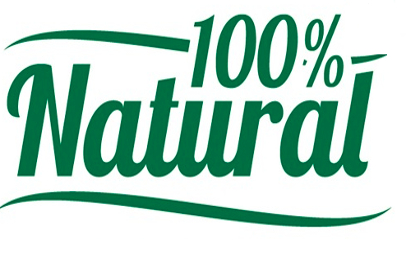
The Post Foods Cases: When ‘Natural’ Means Stay
Urged by federal courts, corporations and private citizens alike to clarify the legal definition of ‘natural’ in food labeling, FDA opened a docket on November 12, 2015, and invited public comments regarding whether it is appropriate for the agency to define the term ‘natural,’ what a suitable definition might be and how the agency should determine proper use of the term on food labels.
August 16, 2016 | Source: Food Safety Magazine | by Amy Lally, Esq., and Yasmine Agelidis
Three nearly identical class action complaints were filed recently against Post Foods on behalf of consumers, alleging that the cereal brand company’s use of the term ‘natural’ in promoting Shredded Wheat cereal constitutes false, deceptive and misleading advertising: Wu v. Post Foods (N.D.C.A. Case No. 16-cv-03494), Stephenson v. Post Foods (E.D.N.Y. Case No. 16-cv-03396) and Organic Consumers Assoc. v. Post Foods (D.C. Supr. Ct. Case No. 2016CA004551). The sole ingredient in the cereal is whole grain wheat. Plaintiffs object to the phrases “100% Natural Whole Grain Wheat” and a “Natural Source of Fiber” because the wheat crop is treated with a synthetic herbicide. According to the plaintiffs, consumers reasonably believe that a product labeled ‘natural’ contains no, and indeed has never been sprayed with any, synthetic ingredients and that the cereal advertising therefore violates California, New York and District of Columbia consumer protection laws. Of course, whether or not this is so depends in large part on how the courts, or better still the U.S. Food and Drug Administration (FDA), chooses to define ‘natural.’
Plaintiffs’ complaints discuss at length last year’s decision by the non-governmental International Agency for Research (IARC) to list the specific herbicide used on Post’s crops and many others, glyphosate, a “probable human carcinogen.” The IARC’s listing is controversial and separate litigation is pending against the California Office of Environmental Health Hazard Assessment (OEHHA) regarding OEHHA’s intent to add glyphosate to California’s “Proposition 65” list of carcinogenic chemicals (Monsanto v. Office of Environmental Health Hazard Assessment, Fresno Supr. Ct. Case No. 16-CECG-00183). While colorful, it is not clear that this side bar is relevant to the complaints, as Plaintiffs’ definition of ‘natural’ would foreclose use of any synthetic crop treatments. In light of the active role that FDA has recently adopted in defining what is and what is not natural, ‘natural’ litigation, including the Post Foods cases, should be stayed pending the agency’s final determination. To do otherwise would be for the judiciary to encroach upon an area in which FDA has notable technical expertise and invites inconsistency in outcomes and inefficiency in trying these cases.
Urged by federal courts, corporations and private citizens alike to clarify the legal definition of ‘natural’ in food labeling, FDA opened a docket on November 12, 2015, and invited public comments regarding whether it is appropriate for the agency to define the term ‘natural,’ what a suitable definition might be and how the agency should determine proper use of the term on food labels. The public comment period closed on May 10, 2016, and FDA has not yet released its determination based on the docket. In the meantime, every court, save one, hearing a ‘natural’ case has granted a stay when it has been requested pending the FDA’s determination. Courts have acknowledged a variety of theories as persuasive grounds for staying a ‘natural’ case, including the primary jurisdiction doctrine and the efficiency and consistency gained by awaiting FDA’s pending determination. The only court that refused to stay a ‘natural’ case following FDA’s November 2015 announcement did so because it found that the agency’s long-standing informal policy explicitly addressed the facts of that case, so a stay would serve no purpose.
